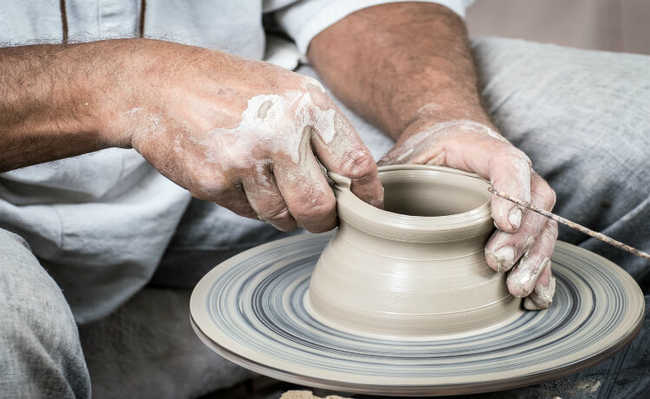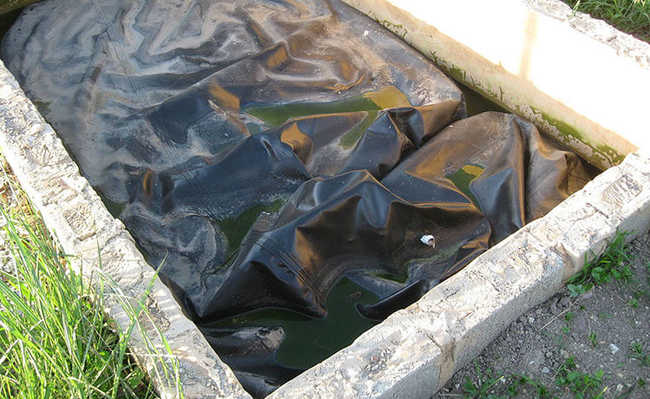Nails say a lot about health
Signs such as the texture, color and even shape of the nails indicate how healthy your health is

Resized image by Daiga Ellaby, is available on Unsplash
Our body is always giving us clues about what is going on with itself, so we can notice when there is a problem. For example: fever is an increase in body temperature, that is, a reaction of the body against some anomaly, so that we know something is wrong.
Following this same logic, we can find out what the nails say about the health of the body according to its aspects. Some changes can be signs of illness or disorder. See some of them:
yellowish nails
The nails can turn yellow when they thicken and their growth is slower - this occurrence can be called yellow nail syndrome. This is usually a sign of respiratory problems. If you notice that your nails are growing normally, it could be a sign of diabetes, as the disease causes glucose to bind to collagen proteins in the nails, causing them to turn yellow. If your nails are yellow and you notice other symptoms of diabetes, such as feeling very thirsty or urinating more often, see your doctor as soon as possible.
"Spoon-shaped" nails
When the nails become spoon-shaped, it can be a sign of cardiovascular or lung problems, such as bronchitis and asthma, affecting blood circulation. The concave shape is so marked that it is even possible to drop a drop into the "spoon", and the shape gives the impression that the nails are peeling off the sides of the finger. This could also be related to anemia, hypothyroidism, or liver disease.
Subungual hemorrhages and digital clubbing
So-called splinter hemorrhages, or subungual hemorrhages, cause small vertical lines of blood, which may be red or dark brown in color. These small hemorrhages on the fingers are signs of an infection in the heart valves. Another sign that can be related to heart problems is digital clubbing, which is an enlargement of the distal phalanges of the fingers.
white spots
Even if you've never noticed the aforementioned signs, you've definitely had those little white spots on your nails. Some people say that the spots are caused by a lack of vitamins or a lack of calcium, and drinking a little more milk will solve this problem. Such spots have a technical term, they are called leuconiquias. They are more likely to appear after an injury that may have occurred to the nails, and sometimes it may just be an allergic reaction to a nail polish remover or a mild infection.
Peeling or brittle nails
Brittle nails are another very common problem and can be a normal symptom of aging. If not, your nails may be brittle from too much soap and water, but it could also be a sign of something more serious. The trick is to notice if there are other changes in the nails, such as color or thickness. If you notice more changes, visit a dermatologist, as 10% of complaints are related to nails, and some skin problems, such as psoriasis, can cause changes in your nails as well.
Below, check out a summary table showing the condition of the nails and what they can mean:
 Remember: it is not possible to do an accurate self-assessment of your nails. Sometimes stress or trauma to your nails can cause changes, and it doesn't necessarily mean that you have an illness. Therefore, it is important to maintain good nail hygiene by trimming and cleaning them regularly, but only a medical professional will distinguish and determine what those signs mean. Anyway, watch out for signs, and seek medical help whenever you notice something unusual about your nails.
Remember: it is not possible to do an accurate self-assessment of your nails. Sometimes stress or trauma to your nails can cause changes, and it doesn't necessarily mean that you have an illness. Therefore, it is important to maintain good nail hygiene by trimming and cleaning them regularly, but only a medical professional will distinguish and determine what those signs mean. Anyway, watch out for signs, and seek medical help whenever you notice something unusual about your nails.









